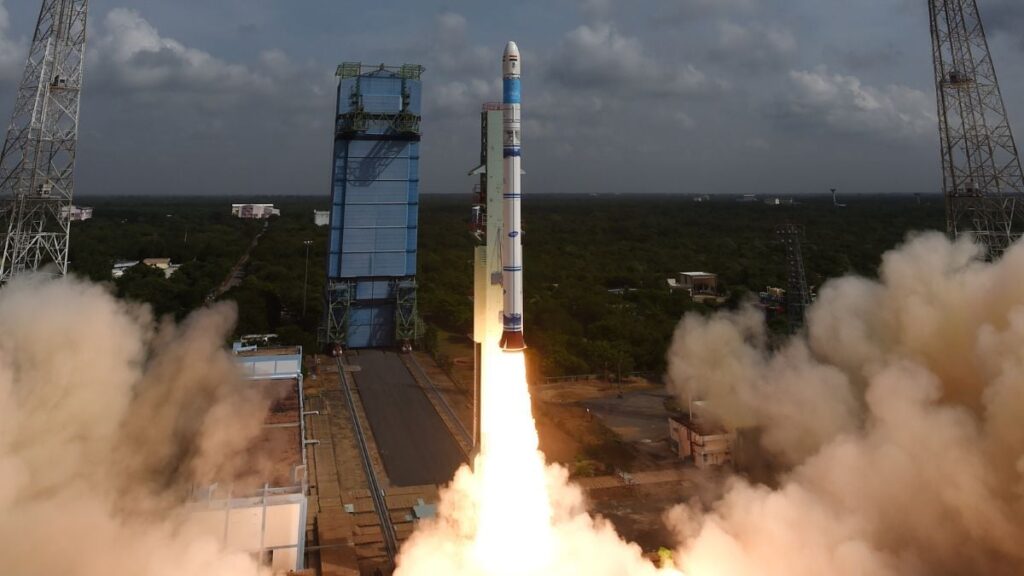The Rise of India’s Satellite Launch Industry with SSLV
The Indian Space Research Organisation (ISRO) has made significant strides in the realm of space technology with the successful launch of a satellite into orbit using the newly developed SSLV (Small Satellite Launch Vehicle). This innovative rocket is specifically designed for deploying small satellites, marking a pivotal moment for India’s commercial space sector. The SSLV is expected to enhance India’s competitive edge in the global satellite launch market, attracting the attention of private companies eager to enter this burgeoning field.
The Growing Demand for Small Satellites
According to reports, private companies such as Skyroot and Agnikul Cosmos are preparing to introduce their own small satellite launch vehicles, namely ‘Vikram’ and ‘Agnibaan’, respectively. These rockets are also tailored for the deployment of small satellites, indicating a trend where multiple players are entering this niche market. The Indian satellite launch market, which was valued at approximately 720 million USD in 2022, is projected to balloon to around 3.5 billion USD by 2033, as per industry estimates.
Applications and Benefits of Small Satellites
Small satellites have a wide range of applications, from enhancing internet connectivity to facilitating Earth observation experiments. Their compact size and cost-effectiveness make them especially attractive for businesses and governments seeking advanced technological solutions. Moreover, their quick turnaround time in launching makes them practical for clients eager to deploy satellites without prolonged waiting periods.
Emerging Players in the Space Start-up Ecosystem
Indian start-ups like Pixxel and Satsure are already preparing to leverage small satellites for their services, aiming to create a constellation of satellites that offer real-time data and insights. By utilizing local Indian rockets for their launches, these companies not only contribute to the domestic industry but also aim to position India as a global leader in satellite technology.
Key Developments and Future Prospects
According to Lieutenant General A.K. Bhatt (Retd), Director General of the Indian Space Association, the demand for satellite launches necessitates a quicker response from companies, thereby driving the development of smaller rockets. In line with this, Pixxel is planning to launch its hyper-spectral satellites by the end of the year, collaborating with ISRO for its launch vehicles. The company’s CEO, Awais Ahmed, recently noted that they are preparing to launch a total of six satellites, half of which will be deployed with SpaceX and the other half with ISRO.
Comparison of Upcoming Small Satellite Launch Vehicles
| Rocket Name | Developer | First Launch Date | Payload Capacity |
|---|---|---|---|
| SSLV | ISRO | August 2023 | 500 kg |
| Vikram | Skyroot | End of 2023 (Planned) | 500 kg |
| Agnibaan | Agnikul Cosmos | 2024 (Planned) | 300 kg |
Conclusion
With the development and success of SSLV and other upcoming rockets, India is poised to become a key player in the global satellite launch market. As private enterprises and ISRO collaborate to bring innovative solutions to the forefront, the future of India’s space exploration looks incredibly promising. The rapid advancements in the satellite launch industry not only pave the way for commercial success but also position India as a significant contributor to global space technology.
